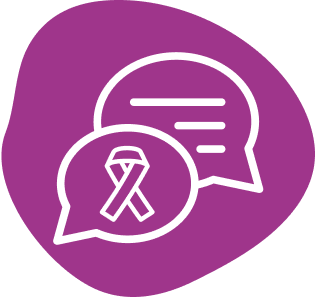Acronyms
Terms
Concentrated epidemic
When HIV prevalence is consistently over five percent in at least one defined sub-population, but is not well-established in the general population, the epidemic is known as concentrated.
Generalised epidemic
When HIV is firmly established in the general population, with prevalence consistently over one percent in pregnant women nationwide, the epidemic is considered generalised.
Harm reduction
This refers to evidence-based policies, programmes and practices that aim to keep people who use drugs safe and minimize the negative health, social and legal impacts associated with drug use and drug laws. It focuses on working with people without judgement, coercion, discrimination, or requiring that they stop using drugs as a precondition of support. While harm reduction has often focused mainly on injecting drug users, full spectrum harm reduction incorporates all the people who use drugs, and all the methods with which they use them, taking into account the diversity of political, social, and environmental contexts globally.
HIV prevalence
Usually given as a percentage, prevalence quantifies the proportion of individuals in a population who are living with HIV at a specific point in time.
Key populations
Groups who are particularly vulnerable to or disproportionately affected by HIV are known as key populations. They frequently suffer from punitive laws or stigmatising policies and lack adequate access to services. UNAIDS considers the five main key population groups to be gay men and other men who have sex with men, sex workers, transgender people, people who inject drugs and prisoners and other incarcerated people.
Treatment literacy
U=U
'Undetectable’ means that a person’s viral load, or level of virus in the blood, is extremely low (below 200 copies per millilitre of blood measured). This level is achieved by being on effective HIV treatment and taking it as prescribed. ‘Untransmittable’ means that the virus cannot be passed on through sex.
Young key populations
Young key populations specifically refers to young people who are members of key populations.
The recommendations seek to inform a broad range of stakeholders. They can serve as a tool to inform the review and update of national policies and curricula, as a guide for schools or teachers looking to build a more inclusive and supportive environment for learners, or as an advocacy tool for civil society organisations and youth activists.
